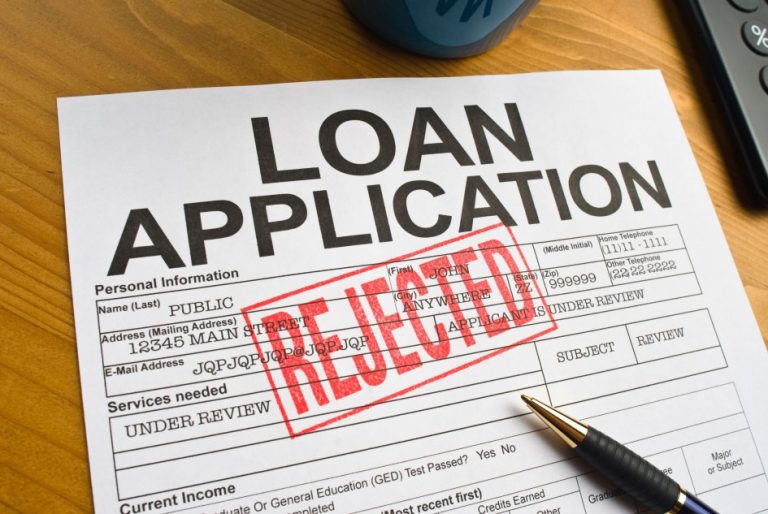When applying for a loan, it can be disheartening to have your application rejected. However, understanding the common reasons behind such rejections and learning how to address them can significantly increase your chances of loan approval. In this article, we will explore six common reasons why loan applications are rejected and provide practical solutions to fix them.
- Poor Credit History: Having a poor credit history is one of the primary reasons for loan application rejection. Lenders use credit scores to assess an individual’s creditworthiness. If your credit history shows a record of late payments, defaults, or high credit utilization, it can negatively impact your loan application.
Solution: Start by obtaining a copy of your credit report and review it for any errors or discrepancies. If you find any inaccuracies, report them to the credit bureau for correction. Additionally, work on improving your credit score by paying bills on time, reducing outstanding debts, and keeping credit utilization low.
- Insufficient Income: Lenders evaluate your income to determine whether you have the financial capacity to repay the loan. If your income is insufficient or unstable, it may lead to application rejection.
Solution: Consider ways to increase your income, such as taking up a side job or freelancing. Alternatively, you can explore the possibility of adding a co-applicant with a stable income to strengthen your loan application.
- High Debt-to-Income Ratio: The debt-to-income ratio measures the percentage of your income that goes towards paying off debts. If this ratio is too high, it indicates a heavy debt burden, making lenders hesitant to approve your loan application.
Solution: Prioritize paying off existing debts to reduce your debt-to-income ratio. Consider consolidating high-interest debts or negotiating with creditors for more favorable repayment terms.
- Incomplete Documentation: Submitting incomplete or inaccurate documentation is a common oversight that can lead to loan application rejection. Lenders require specific documents to assess your financial position and verify your identity.
Solution: Take the time to gather and organize all the necessary documents before submitting your loan application. Double-check each document for accuracy and completeness, ensuring that they meet the lender’s requirements.
- Unstable Employment History: A history of frequent job changes or unemployment can raise concerns for lenders regarding your ability to repay the loan.
Solution: Aim for stable employment before applying for a loan. If you have recently changed jobs, provide sufficient documentation to showcase your employment stability, such as offer letters, employment contracts, or pay stubs.
- Applying for Multiple Loans Simultaneously: Submitting multiple loan applications within a short period can signal financial distress and raise red flags for lenders. This may result in application rejections.
Solution: Instead of applying for multiple loans simultaneously, carefully evaluate your financial needs and choose the most suitable option. Applying for loans selectively will enhance your chances of approval.
Conclusion: Understanding the reasons why loan applications are rejected and taking proactive steps to address them can greatly improve your chances of loan approval. By maintaining a good credit history, ensuring sufficient income, managing debt effectively, submitting accurate documentation, establishing employment stability, and applying for loans strategically, you can strengthen your loan application and increase the likelihood of getting the funds you need.























